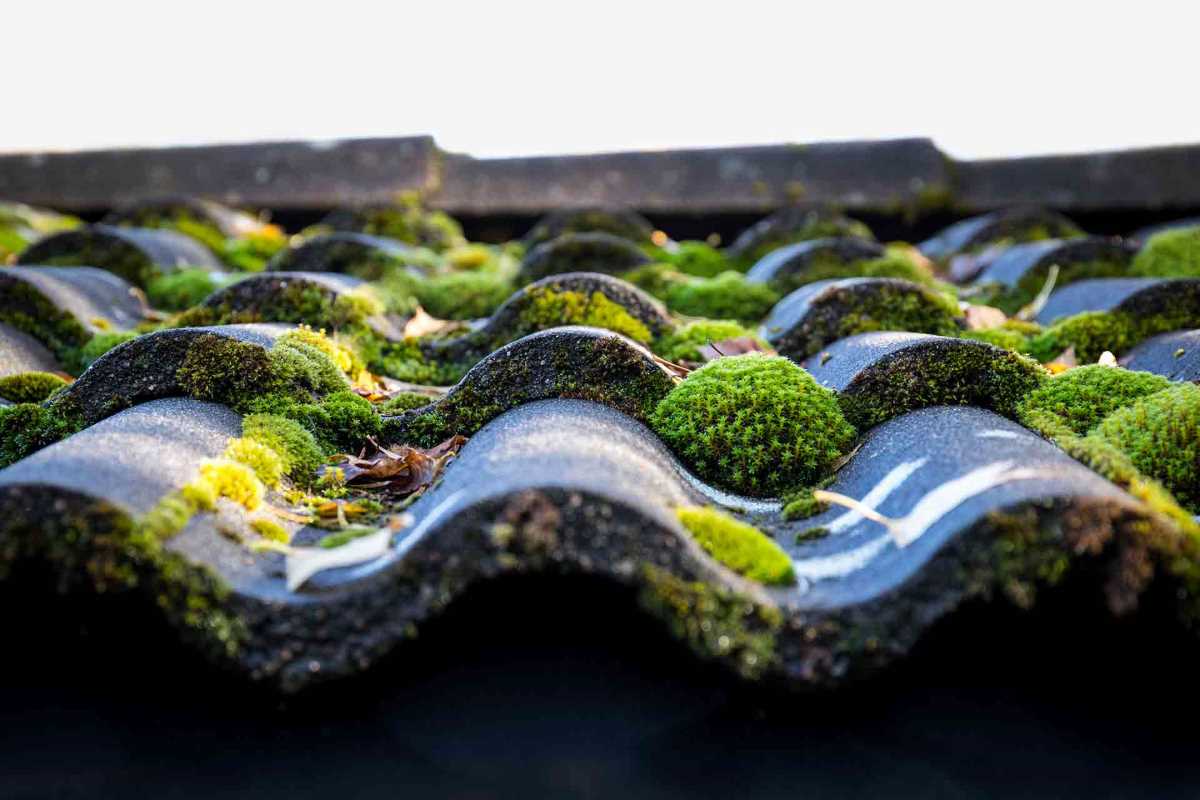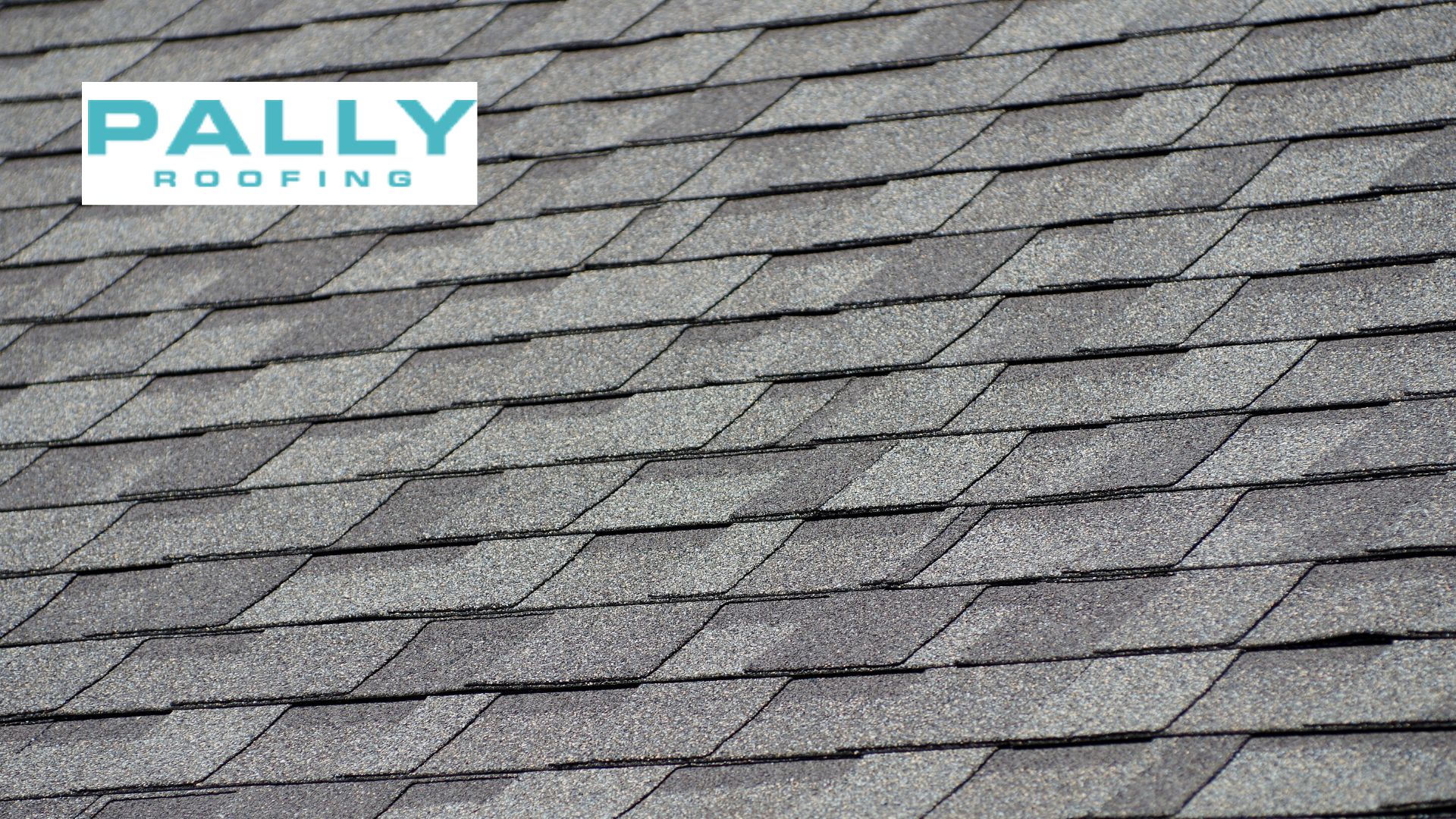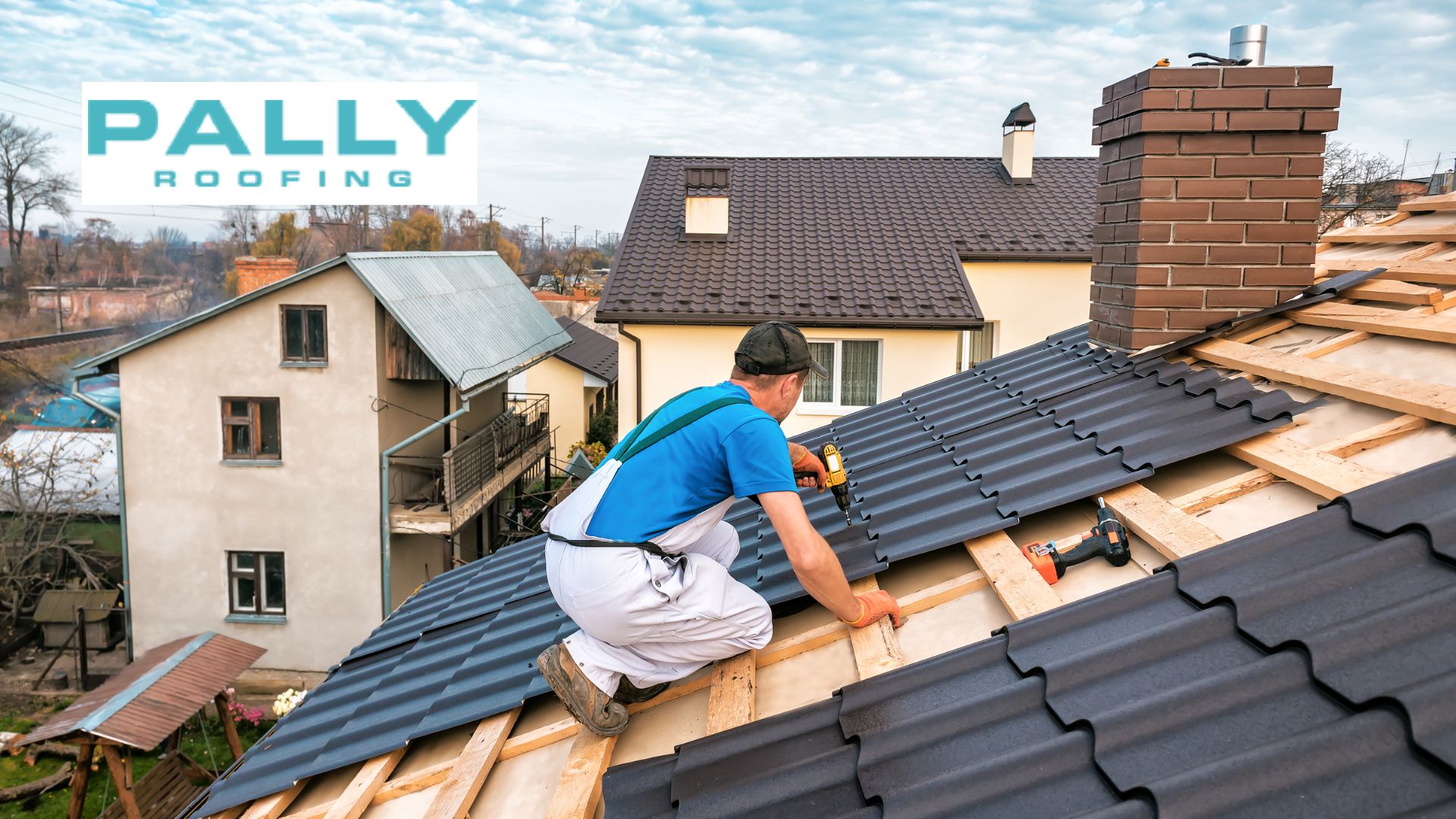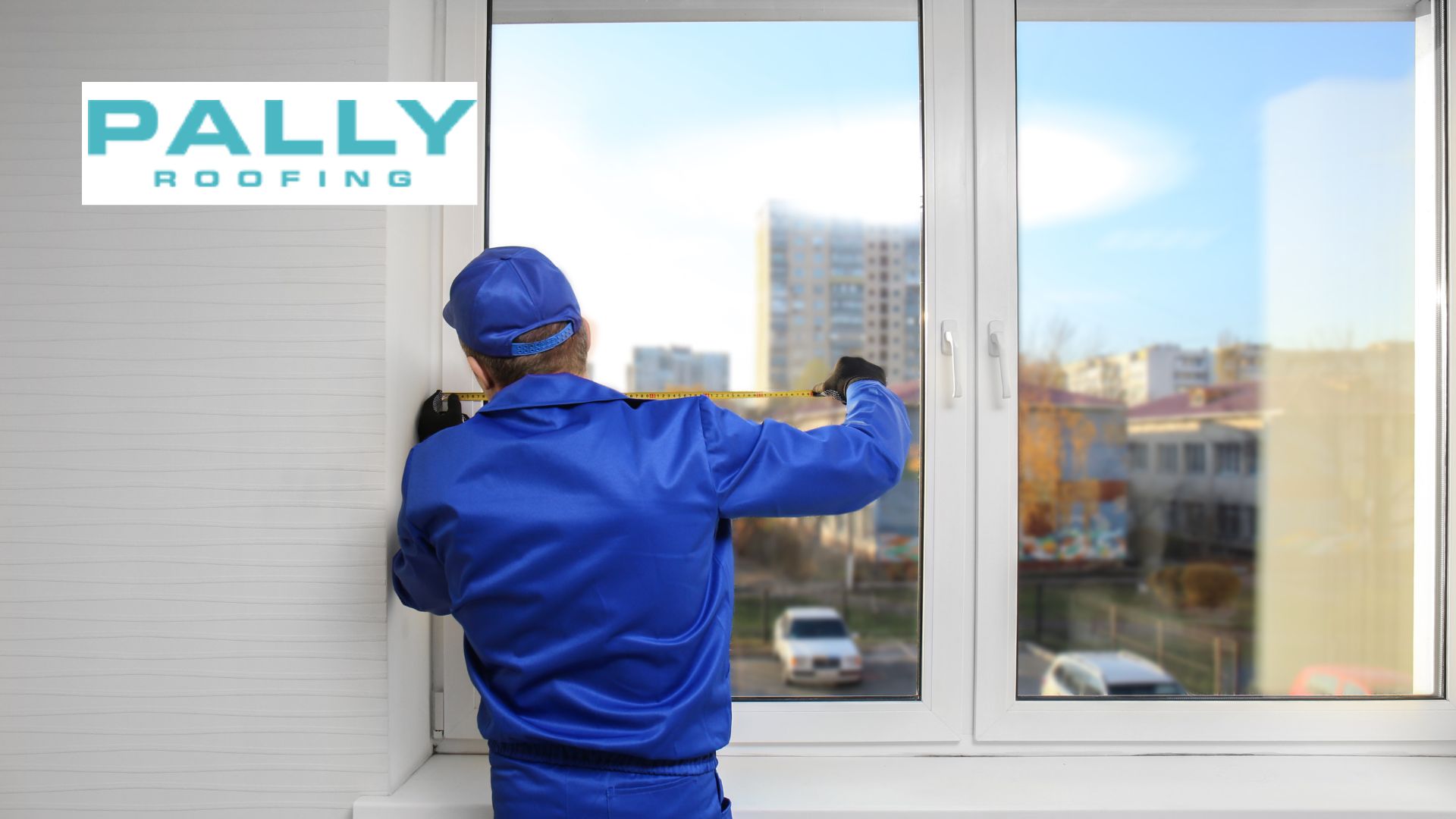Last updated on August 28th, 2024 at 09:22 am
Welcome to the ultimate guide on effectively removing moss on roof. In this comprehensive article, we’ll explore various methods and techniques to tackle moss growth head-on. Whether you’re dealing with a few patches or an extensive infestation, we’ve got you covered.
Table of Contents
At Pally Roofing, we understand the importance of maintaining a clean and moss-free roof to protect your home’s integrity and aesthetics.
Preparing for Removing Moss on Roof
Safety Precautions and Gear:
Before embarking on any moss removal on roof, it’s crucial to prioritize safety. Roof work can be hazardous, so taking appropriate precautions is essential. Ensure you have the necessary safety gear, including sturdy work boots, gloves, eye protection, and a secure harness if working at heights. Additionally, consider the weather conditions and avoid working on wet or slippery roofs.
Assessing the Extent of Moss Growth:
Before diving into moss removal on roof, it’s essential to assess the extent of the moss growth on your roof. Take the time to carefully inspect your roof, noting areas where moss is present and evaluating the severity of the infestation. This assessment will help determine the appropriate course of action and the effort required for moss removal on roof.
Tools and Materials Needed for Moss Removal:
Having the right tools and materials is crucial for successful moss removal on roof. Depending on the extent of the moss growth and the type of roof, you may need various equipment, including brushes, scrapers, pressure washers, and moss-killing agents. It’s essential to choose tools that are appropriate for your roof type and to use them safely and effectively to avoid damaging your roof.
At Pally Roofing, we use only the highest-quality tools and materials for moss removal on roof to ensure the best possible results. Our team is equipped with state-of-the-art equipment and eco-friendly moss-killing agents to effectively remove moss from your roof without harming the surrounding environment.
Considerations for Different Roof Types:
It’s important to consider the unique characteristics of your roof when planning for moss removal on roof. Different roofing materials may require different approaches and techniques for moss removal on roof to avoid causing damage.
For example, asphalt shingle roofs may be more susceptible to damage from pressure washing, while metal roofs may require special care to avoid scratching or denting.
Manual Moss Removal Techniques
Moss growth on your roof can be unsightly and damaging if checked. Fortunately, there are several manual moss removal on roof techniques you can employ to restore the beauty and integrity of your roof. In this section, we’ll explore these methods and provide tips for safe and effective moss removal on roof.
1- Scrubbing and Brushing: A Hands-On Approach
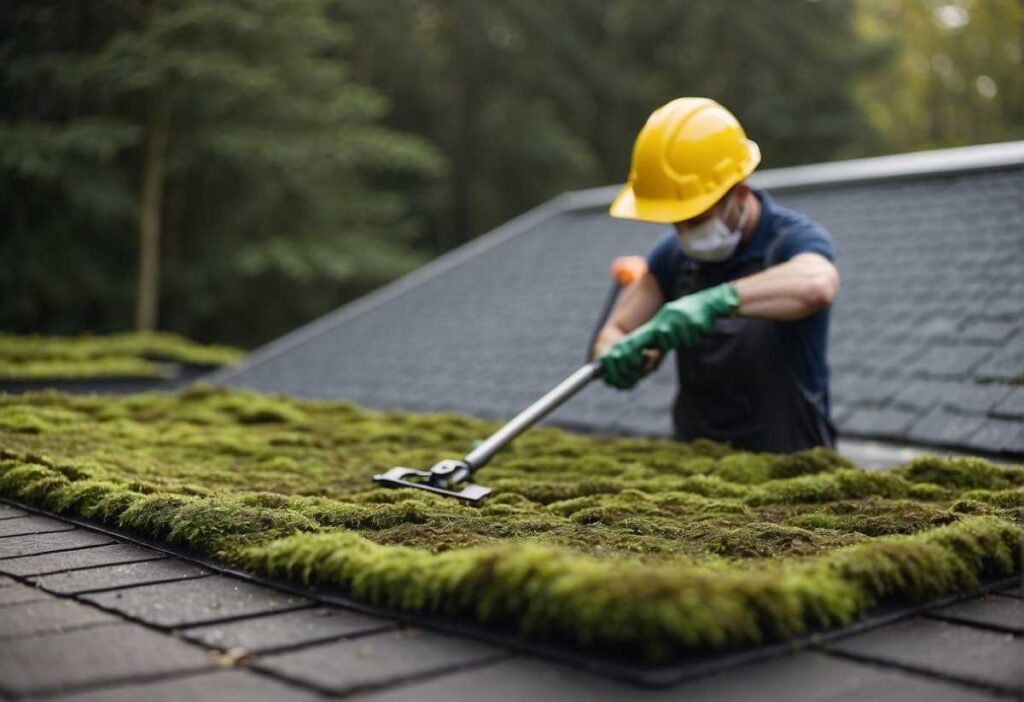
One of the most straightforward methods for removing moss from your roof is scrubbing and brushing. Using a stiff-bristled brush or scrubbing pad, gently scrub the moss-covered areas of your roof. This manual agitation helps loosen the moss from the surface, making it easier to remove.
When employing this technique, it’s essential to use caution to avoid damaging your roof shingles. Opt for a soft-bristled brush or scrubbing pad to minimize the risk of causing scratches or other damage. Additionally, be mindful of your footing and use proper safety gear to prevent accidents while working on your roof.
2- Using a Pressure Washer Safely and Effectively
Pressure washing can be an effective method for removing stubborn moss from your roof, but it requires caution to avoid causing damage. Using a pressure washer, use the lowest pressure setting possible to avoid damaging your roof shingles or forcing water underneath them.
Start by spraying water on the moss-covered areas of your roof to loosen the moss. Then, carefully remove the moss from the surface using a gentle sweeping motion. Be sure to keep the pressure washer nozzle safe from the roof to prevent damage.
3- Scraping and Gently Removing Moss from Roof Surfaces
Scraping may be necessary to remove thicker patches of moss or areas where moss is deeply rooted effectively. Using a plastic scraper or putty knife, carefully scrape the moss from the surface of your roof. Take care to avoid applying too much pressure, as this can cause damage to your roof shingles.
After scraping away the moss, use a broom or brush to sweep the debris off your roof. Be thorough in your cleaning to ensure all traces of moss are removed. Eliminating the moss may take several passes, so be patient and diligent.
How to Protect Surrounding Landscape During Moss Removal
When removing moss from your roof, it’s essential to take steps to protect the surrounding landscape from any runoff or debris. Before starting the moss removal on roof process, wet down any nearby plants or shrubs with water to help dilute any runoff that may come into contact with them.
Additionally, consider laying down tarps or plastic sheeting to catch any debris from the roof during the cleaning process. This will help prevent damage to your landscaping and make cleanup easier once the moss removal on roof is complete.
Chemical Solutions for Moss Removal
Chemical solutions can be highly effective for removing moss from your roof, but it’s essential to understand how they work and how to use them safely.
In this section, we’ll explore various chemical solutions for moss removal on roof and guide their application and potential risks.
Understanding Moss Killing Agents
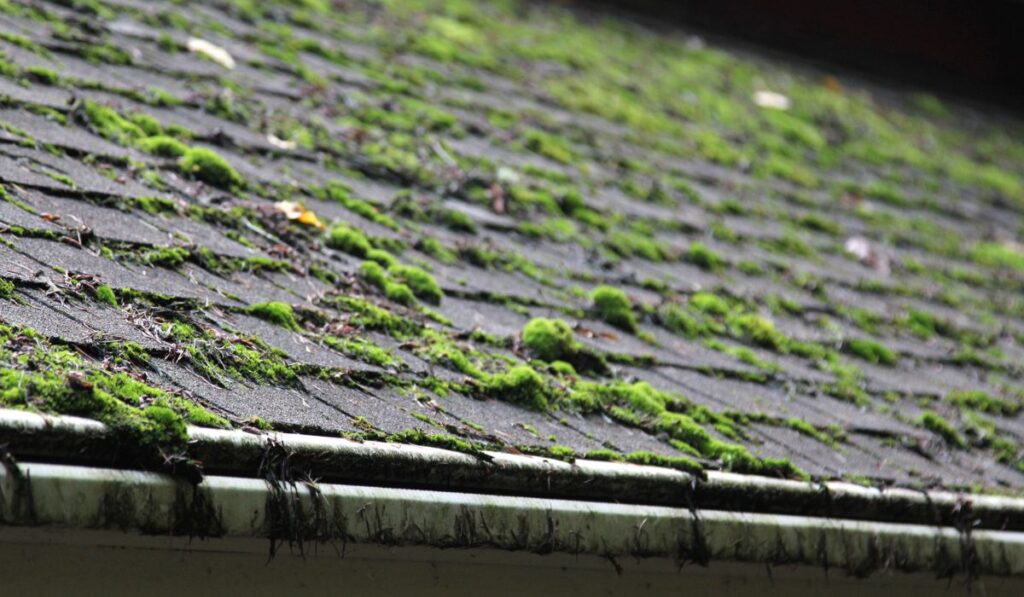
Moss killing agents are chemical solutions designed to eliminate moss growth on roofs. These agents typically contain active ingredients such as zinc sulfate, copper sulfate, or potassium salts, which are effective at killing moss on contact.
Before using any moss-killing agent, it’s crucial to read and understand the product label, including safety instructions and application guidelines. Some moss-killing agents may also contain surfactants or additives to improve penetration and coverage on the roof surface.
Applying Moss Killer: Dos and Don’ts
When applying moss killer to your roof, it’s essential to follow the manufacturer’s instructions carefully to ensure safe and effective results. Here are some dos and don’ts to keep in mind:
Wear protective gear, including gloves, goggles, and a mask, to prevent skin and respiratory irritation.
Apply moss killer on a dry, windless day to minimize drift and maximize absorption into the moss.
Use a sprayer or other application method recommended by the manufacturer to apply moss killer evenly across the moss-covered areas of your roof.
Don’t apply moss killer in excessive amounts or allow it to pool on the roof surface, as this can lead to runoff and potential damage to surrounding vegetation.
Don’t apply moss killer near water sources or storm drains, as it may harm aquatic life.
Eco-Friendly Alternatives for Moss Removal
For environmentally conscious homeowners, eco-friendly alternatives are available for moss removal on roof. These alternatives may include natural or organic moss-killing agents from vinegar, baking soda, or hydrogen peroxide.
While eco-friendly moss removal on roof solutions may take longer to achieve results compared to chemical options, they can be just as effective with repeated applications. Additionally, they pose minimal risk to the environment and surrounding vegetation.
Potential Risks and Precautions When Using Chemicals
While chemical moss-killing agents can be highly effective, they also come with potential risks that should be considered. Some common risks associated with chemical moss removal on roof include:
Risk of skin and eye irritation: Always wear protective gear when handling moss killer to prevent contact with skin or eyes.
Risk of runoff: Avoid applying moss killer during rain or near water sources to prevent runoff and potential harm to aquatic life.
Risk of damage to roof materials: Some chemicals may be corrosive to certain roof materials, so it’s essential to choose a moss killer that is safe for use on your specific roof type.
Conclusion
Congratulations! You’re now equipped with the knowledge and tools to effectively tackle moss growth on your roof. By understanding the causes of moss growth, employing proper removal techniques, and implementing preventive measures, you can ensure your roof remains moss-free for years. Say goodbye to unsightly moss and hello to a clean, healthy roof!
Contact Pally Roofing today to schedule your moss removal project and experience the difference with our top-tier services. With our commitment to quality and customer satisfaction, we’ll help you maintain a clean, healthy roof that you can be proud of for years to come.
FREQUENTLY ASKED QUESTIONS!
How to clean moss off a roof?
Scrub or pressure wash gently, avoiding damage to shingles. Consider using a moss-killing solution for stubborn patches.
What kills moss on a roof?
Moss-killing agents containing zinc sulfate or copper sulfate effectively eliminate moss. Eco-friendly alternatives like vinegar or hydrogen peroxide can also be used.
How to stop moss growing on roof?
Improve roof ventilation and sunlight exposure. Trim overhanging branches and consider installing zinc or copper strips to deter moss growth.
How to get moss off roof shingles?
Carefully scrape or brush moss off shingles, avoiding damage. Apply a moss-killing solution to prevent regrowth.
Author
-

With more than 16 years of hands-on experience, Phillip Schmucker is the knowledgeable owner of Pally Roofing. His dedication to superior roofing services has earned him a reputable place in the industry. Phillip also shares his extensive expertise through writing, providing readers with practical tips and professional advice on various roofing topics. Follow him on LinkedIn.
View all posts

